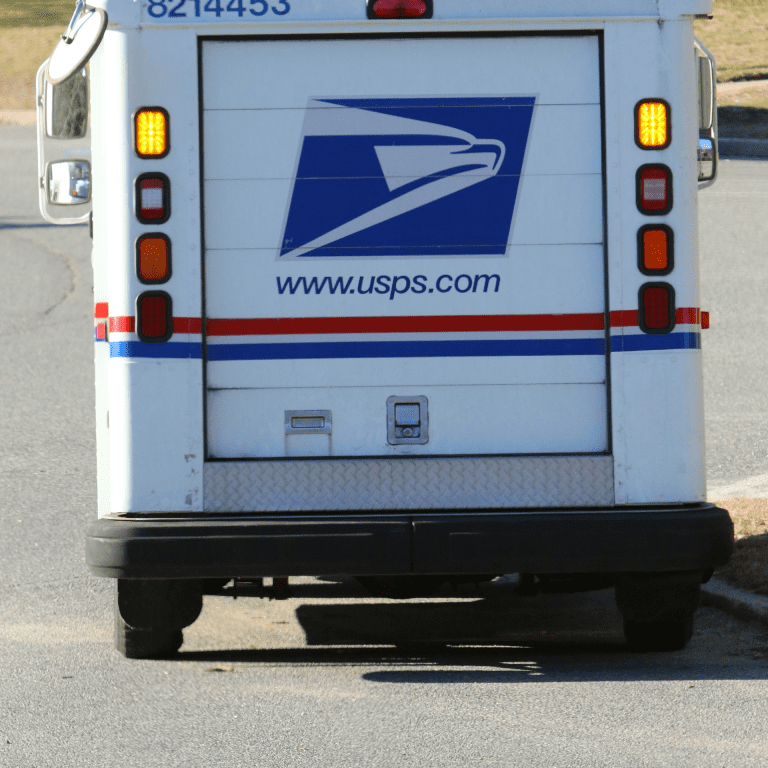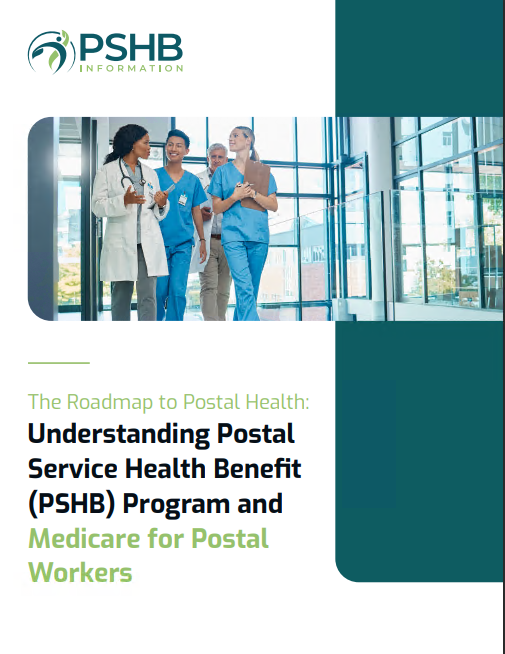Key Takeaways:
-
Understand the core components of the Postal Service Health Benefits (PSHB) Program, including premiums, deductibles, and coinsurance.
-
Learn how Medicare integration affects costs and what to expect as a postal worker or retiree in 2025.
Breaking Down Your PSHB Costs
If you’re part of the Postal Service workforce or a retiree, the 2025 transition to the Postal Service Health Benefits (PSHB) Program marks a significant change. Knowing where your money goes and how much you’ll need to budget for health coverage is essential to avoid surprises. With rising healthcare costs and evolving coverage options, understanding your plan is more critical than ever.
Premiums: What You Pay Monthly
Your premium is the fixed amount deducted from your paycheck or pension monthly. For 2025, these premiums are structured into three categories:
-
Self Only: Designed for individuals.
-
Self Plus One: Covers you and one eligible family member.
-
Self and Family: Covers you and multiple family members.
The federal government contributes approximately 70% of the total premium costs, leaving you responsible for the remaining 30%. This division ensures more affordable coverage compared to private plans. Keep in mind that your premium may vary based on your plan selection and specific coverage needs.
Deductibles: Paying Before Coverage Kicks In
Your plan’s deductible represents the amount you’ll need to pay out-of-pocket annually before your insurance starts sharing the costs. PSHB deductibles in 2025 vary depending on whether you choose a low-deductible or high-deductible plan:
-
Low-Deductible Plans: $350-$500 for in-network services.
-
High-Deductible Plans: $1,500-$2,000 for in-network services.
-
Out-of-Network Deductibles: Range from $1,000 to $3,000.
Low-deductible plans have higher premiums but lower out-of-pocket costs, while high-deductible plans are the opposite. Choosing the right deductible is a balancing act—it depends on how often you anticipate using healthcare services.
Coinsurance and Copayments: Shared Costs
After meeting your deductible, coinsurance and copayments determine your share of the bill for medical services:
-
Coinsurance: A percentage of the service cost. In-network coinsurance is typically 10%-30%, while out-of-network services may cost 40%-50%.
-
Copayments: A fixed amount per visit, such as $20-$40 for primary care or $100-$150 for emergency room visits.
These costs vary depending on the type of service and whether you stay in-network or go out-of-network. Understanding these details can help you better prepare for planned and unexpected medical expenses.
PSHB and Medicare: Coordinating Benefits
If you’re retired and eligible for Medicare, integrating Medicare Part B with PSHB can significantly reduce your out-of-pocket expenses. Here’s how:
Medicare Part B Enrollment Requirements
Most Medicare-eligible retirees and family members must enroll in Part B to maintain PSHB coverage. Exceptions apply if you retired on or before January 1, 2025, or if you’re older than 64 as of that date. Part B requires a monthly premium, but the combined benefits often outweigh the costs. It’s a key step in securing comprehensive healthcare coverage.
Benefits of Medicare Coordination
For enrollees with both PSHB and Medicare Part B:
-
Deductibles are often reduced or waived.
-
Coinsurance and copayments may be lower.
-
Prescription drug costs decrease under the integrated Medicare Part D Employer Group Waiver Plan (EGWP).
This coordination ensures you pay less out-of-pocket while maximizing your coverage. It’s especially beneficial for retirees who rely heavily on regular medical services or prescriptions.
Managing Prescription Drug Costs
Prescription drug coverage under the PSHB program includes features to alleviate the financial burden:
-
Medicare Part D EGWP: Automatically provided to Medicare-eligible PSHB members, this plan integrates seamlessly to cap annual out-of-pocket drug costs at $2,000.
-
Non-Medicare Enrollees: Standard prescription drug benefits apply, but costs may be higher compared to Medicare-integrated plans.
Regularly reviewing your medication needs and ensuring your plan covers your prescriptions is an effective way to avoid unexpected expenses.
Understanding Network Choices
PSHB plans categorize providers into in-network and out-of-network groups:
-
In-Network Providers: Offer services at a reduced rate negotiated by your plan. These are the most cost-effective option.
-
Out-of-Network Providers: Typically involve higher coinsurance, copayments, and deductibles. If possible, stay in-network to save money.
Being familiar with your plan’s network ensures you make the most of your coverage and avoid unnecessary expenses.
Making the Most of Preventive Services
Preventive care is often fully covered under PSHB plans when you visit in-network providers. This includes annual checkups, screenings, and vaccinations. Taking advantage of these services helps you avoid costly treatments later. In fact, consistent preventive care can lead to significant long-term savings by identifying health issues early.
What Retirees Need to Know
As a retiree, budgeting for PSHB is crucial, especially if you’re on a fixed income. Key points to consider include:
Premium Adjustments
Premium rates may increase annually, but government contributions remain stable. Review your plan annually during Open Season to ensure you’re not overpaying for unnecessary benefits. Exploring plan changes during this period can help you adjust to any premium increases.
Life Event Changes
Certain life events, such as marriage, divorce, or adding dependents, allow you to modify your coverage outside of Open Season. Notify the program promptly to avoid gaps in coverage. Being proactive ensures your coverage adapts to your life changes without delays.
Open Season: Your Opportunity to Adjust
Each year, from mid-November to mid-December, Open Season provides an opportunity to review and adjust your PSHB plan. Key actions include:
-
Comparing plan options and costs.
-
Assessing how Medicare integration impacts your expenses.
-
Ensuring your selected plan meets your healthcare needs for the coming year.
Open Season is your chance to optimize your plan based on changing health needs or financial situations. Missing this window could result in higher costs or inadequate coverage for the following year.
Keeping Track of Out-of-Pocket Costs
To manage your healthcare expenses effectively, familiarize yourself with:
-
Annual Limits: PSHB caps out-of-pocket costs, protecting you from excessive medical bills. For 2025, the maximum is $9,350 for in-network services and $14,000 for combined in-network and out-of-network services.
-
Flexible Spending Accounts (FSAs): If still employed, contribute to an FSA for tax-free medical expense savings. The 2025 limit is $3,300. FSAs can be a valuable tool for offsetting predictable healthcare costs like copayments or prescriptions.
Support Resources for Postal Workers and Retirees
The PSHB program offers resources to help you navigate your plan:
-
Customer Support Lines: Available for questions about claims, benefits, and network providers.
-
Online Tools: Use the PSHB portal to access plan comparisons, estimate costs, and locate in-network providers.
-
Educational Materials: Guides and FAQs provide valuable insights into managing your plan effectively.
Taking advantage of these resources ensures you stay informed and make the best decisions for your healthcare needs.
Prepare for Health Coverage in 2025
Understanding your PSHB plan’s contributions and costs empowers you to make informed decisions about your healthcare. Whether you’re an active employee or a retiree, staying proactive ensures your coverage meets your needs while managing your budget effectively. With careful planning, you can make the most of your benefits and protect your financial well-being.








